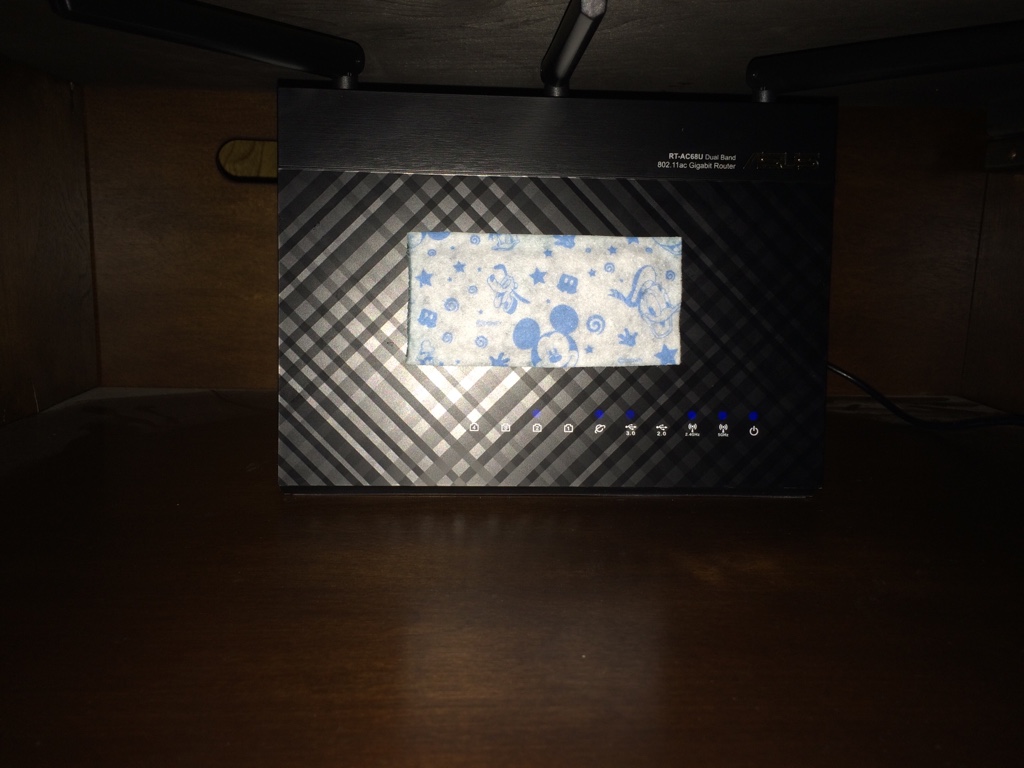D
Deleted member 22229
Guest
Anybody have any pics what this new router looks like and will this router be using the crappy Quantenna chipset ? I did a google search but came up empty although i did not spend a huge amount of time trying.
Last edited by a moderator:


